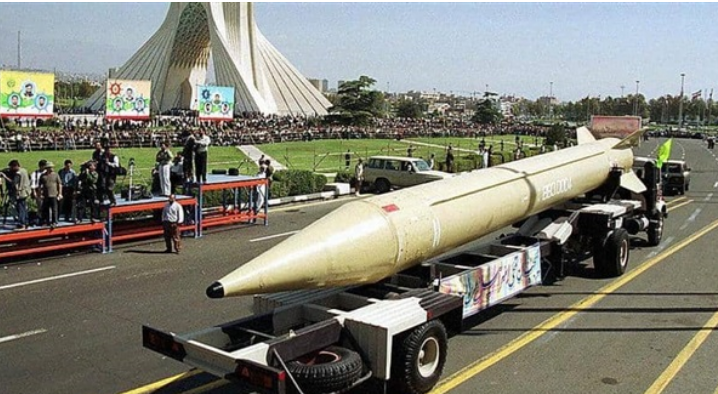Mohamed Shaat
In light of Iran’s continued adherence to its policy towards returning to the nuclear agreement negotiations in Vienna that have been suspended since June, Tehran is keen not to include additional provisions, especially those related to its ballistic missile program and American influence in the region, which is what the government of former President Hassan Rouhani adhered to, while the new government led by Ebrahim Raisi reiterated it and has sent many messages confirming that Tehran would not abandon its missile program or regional influence.
American step backwards
In light of Washington’s efforts to revive the nuclear agreement signed in 2015, recent American statements came as a step back, especially as they included talking about the priority of reviving the nuclear agreement and then talking about the ballistic missile program at a later stage. US National Security Advisor Jack Sullivan said in a press statement on Monday, November 1, that Washington’s priority in the Iranian file is to limit its nuclear program by reviving the nuclear agreement.
Sullivan indicated that once the restrictions stipulated in the agreement return, the United States will be in a better position to address other concerns, including Tehran’s missile program and its regional activities, noting that the priority is to return to the Joint Comprehensive Plan of Action, but adding that his country seeks to discuss Iran’s other activities and threats in the region.
The recent US statements contradict the desire of the European parties, Israel and the Arab Gulf states, which have stressed over the past period the need to include the ballistic missile program in the new agreement, given the danger that Iranian missiles pose to the security of the region, especially in light of Iran’s continued destructive behavior.
Iran’s arsenal
Iran considers the ballistic missile program one of its most important military capabilities that is impossible to abandon, and which enables it and its proxies in the region to display Tehran’s forces and the ability to constantly threaten to implement its agenda.
According to a report published by the National Interest magazine, Iran possesses the largest missile force in the Middle East and has an infrastructure that enables it to develop new missiles with insane capabilities, including ballistic and winged missiles, making them the Iranian army’s ultimate deterrent force.
Tehran seeks to develop its long-range ballistic missile capabilities, as it conducts missile tests for short-range missiles in some military operations. Iran continues to develop its missile capabilities despite the demands of the United States for Tehran to give up any missiles that have the ability to carry nuclear warheads.
The parties calling for the inclusion of the ballistic missile program in any agreement with Tehran to curb Iran’s sabotage capabilities in the region fear that Iran’s missile arsenal includes thousands of short and medium-range missiles, which can carry out missile attacks against targets in Israel and beyond to southeastern Europe, including ballistic missiles and winged missiles.








































admin in: How the Muslim Brotherhood betrayed Saudi Arabia?
Great article with insight ...
https://www.viagrapascherfr.com/achat-sildenafil-pfizer-tarif/ in: Cross-region cooperation between anti-terrorism agencies needed
Hello there, just became aware of your blog through Google, and found ...